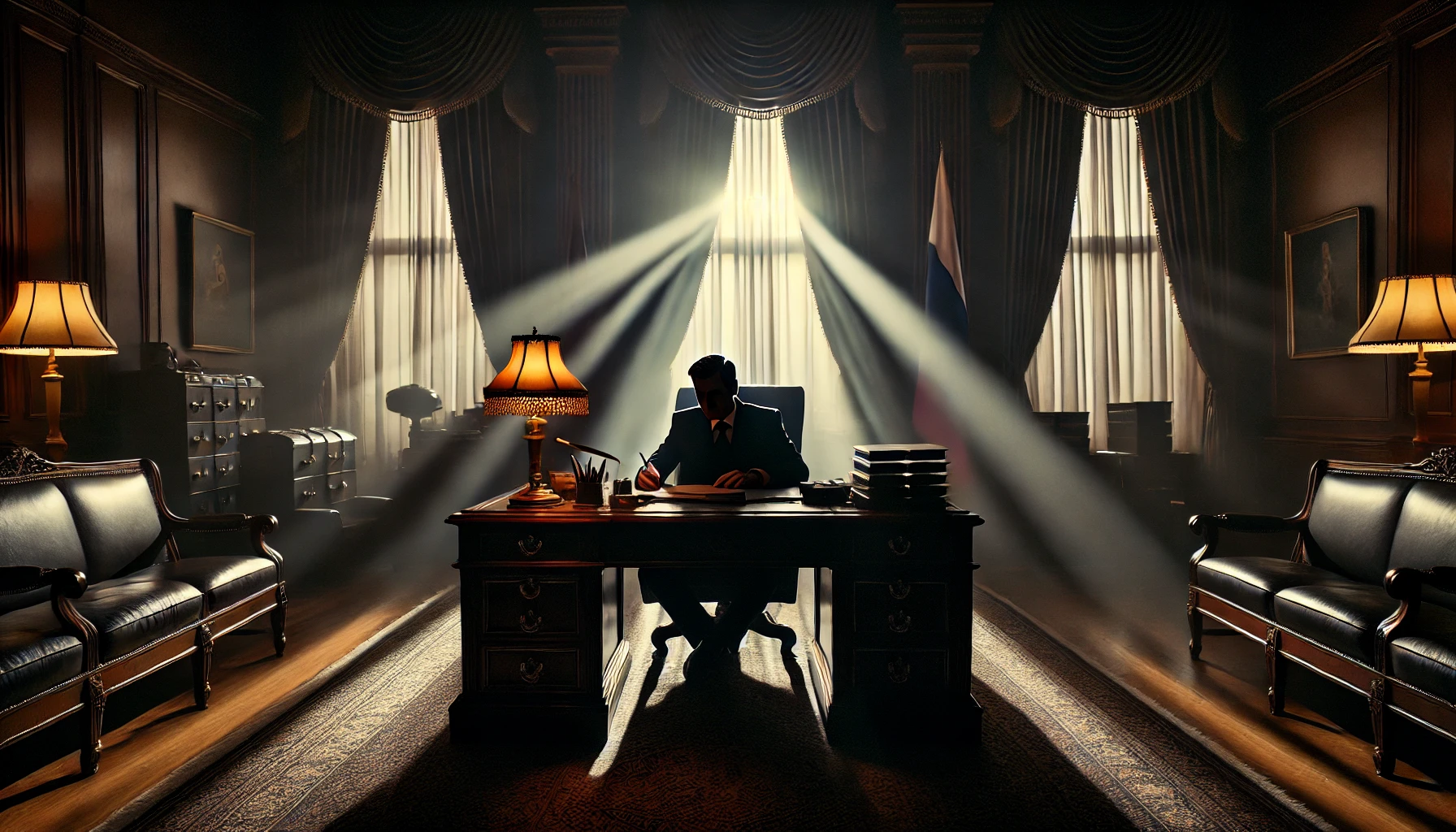History is full of revolutionaries who fought against dictatorships only to become dictators themselves. Daniel Ortega, Nicaragua’s longtime ruler, embodies this cycle. Once a young guerrilla leader who helped overthrow the Somoza dynasty in 1979, he now presides over an authoritarian regime of his own. His journey—from Marxist revolutionary to pragmatic politician to iron-fisted autocrat—reveals a fundamental truth about power: those who fight for liberation do not always practice it once they are in control.
The Young Revolutionary
Born in 1945, Daniel Ortega grew up under the brutal rule of Anastasio Somoza Debayle, the last of a U.S.-backed family dictatorship that had dominated Nicaragua for decades. The Somoza regime was corrupt, repressive, and deeply unequal—conditions that gave rise to the Sandinista National Liberation Front (FSLN), a Marxist guerrilla movement that Ortega joined as a teenager.
He was arrested in 1967 and spent seven years in prison, enduring torture before being released in a prisoner exchange. He immediately resumed his revolutionary activities, rising through the ranks of the FSLN as it waged a relentless insurgency. In 1979, the Sandinistas triumphed, toppling Somoza and taking control of the country. Ortega, just 34 years old, emerged as one of the movement’s key leaders.
The First Presidency: A Revolution on the Defensive
As Nicaragua’s president from 1985 to 1990, Ortega attempted to implement a socialist agenda—land reform, nationalization of industries, and literacy programs. But his government faced enormous resistance, both domestically and internationally. The U.S., under Ronald Reagan, armed and funded the Contra rebels, plunging Nicaragua into a brutal civil war. The economy collapsed under the weight of U.S. sanctions and internal strife.
In 1990, facing growing discontent, Ortega lost the presidential election to Violeta Chamorro, marking a rare moment in history when a revolutionary leader stepped down peacefully. Many assumed his political career was over. They were wrong.
The Reinvention of Ortega
For the next 16 years, Ortega worked to regain power—not through armed struggle, but through patient political maneuvering. He abandoned his radical Marxist rhetoric, allied himself with former enemies, and courted Nicaragua’s business elite and Catholic Church. In 2006, he won the presidency again, this time presenting himself as a moderate, even embracing religion and wearing a rosary during speeches.
Once in power, however, he began systematically dismantling Nicaragua’s democratic institutions. He eliminated presidential term limits, packed courts with loyalists, and cracked down on opposition media. The revolutionary had become the establishment.
The Authoritarian Turn
Ortega’s most dramatic shift came in 2018 when massive protests erupted against his government over a proposed pension reform. The demonstrations quickly grew into a nationwide movement demanding his resignation. Ortega responded with overwhelming force—police and paramilitary groups killed hundreds, arrested thousands, and drove opposition leaders into exile. The repression was so severe that it drew comparisons to the very dictatorship he once helped overthrow.
Elections became meaningless, as Ortega jailed or exiled every serious challenger before the 2021 vote. He now rules Nicaragua as a de facto dictator, with his wife, Rosario Murillo, as vice president—a modern-day version of the Somoza family rule he once despised.
The Paradox of Power
Daniel Ortega’s story is not just about one man; it is a cautionary tale about the seductive nature of power. He once stood for democracy, only to dismantle it. He fought against dictatorship, only to install his own. His rule is a reminder that revolutions often devour their ideals—and that history has a way of repeating itself, just with different faces.
